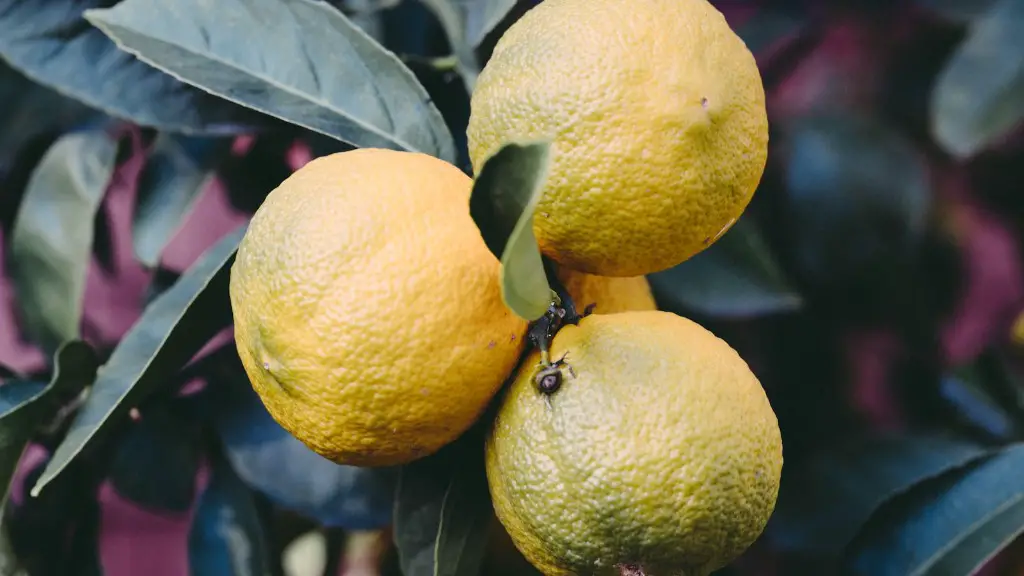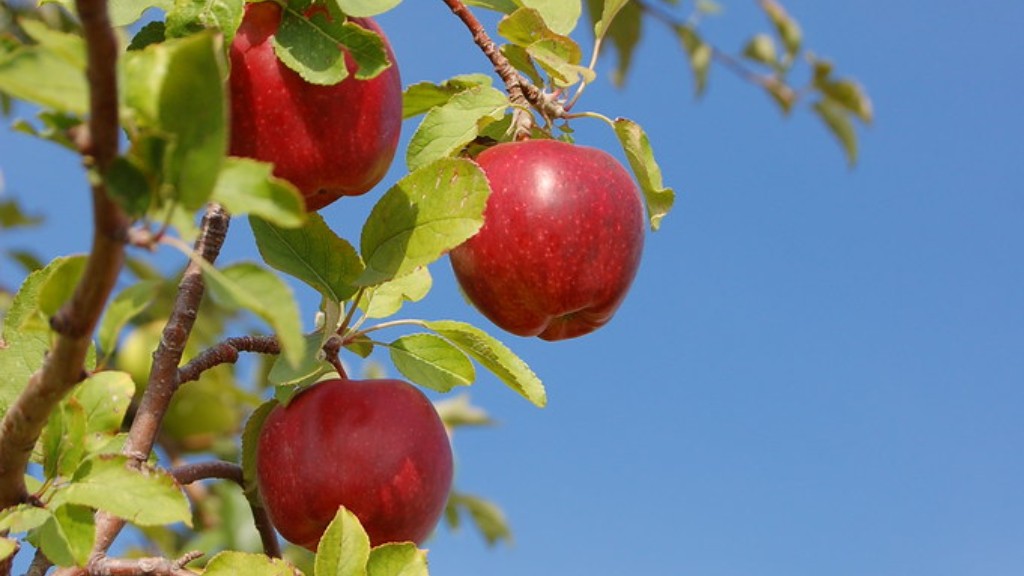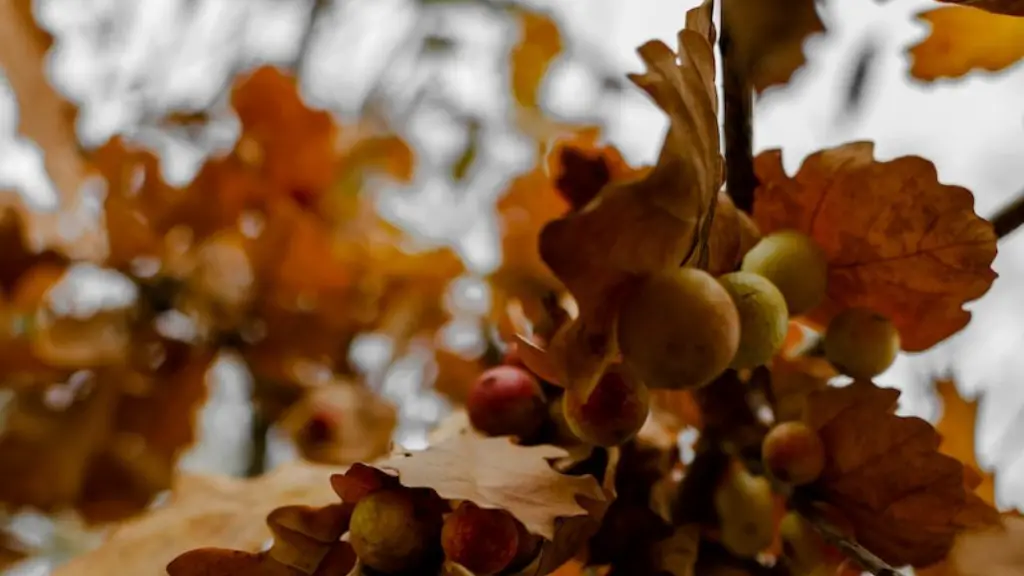Can you really grow a lemon tree from a fresh lemon seed? Yes! It’s possible, though it may take a bit of time and patience. Lemon trees have a long and storied history, with references to the fruit being found in ancient texts from Egypt, India and Greece. Lemons are known for their strong, tart flavor and for their multiple uses in cooking, baking, and mixology. Thankfully, growing a lemon tree from seed is surprisingly easy, and the rewards of growing your own trees are far-reaching!
First, you’ll need to take a few lemon seeds and pick out any that are overly large or small. Clean the remaining seeds and lay them out on a paper plate to dry out overnight. Once they’ve dried out, you’re ready to start growing. Put the seeds in some moist soil, with 1/4 inch of the seeds exposed, and water them frequently, making sure the soil stays damp but not saturated. Place the seeds in a warm spot that gets plenty of sunlight, and in a few weeks you’ll start to see the germination process.
After the seedlings emerge and grow a few inches, you can transplant them into individual pots. Choose a pot that has adequate drainage and fill it with a good potting soil. Be careful when transplanting, as young lemon seedlings are fragile and susceptible to mechanical damage. Once the seedlings are in their pots, make sure they get a lot of sunlight and that they’re watered regularly. Over time, the seedlings will continue to grow larger and start producing leaves, and eventually, flowers and fruits.
Caring for a lemon tree takes commitment and patience, as it can take up to five years for a tree grown from seed to bear fruit. It’s important to pay attention to the tree’s needs and to adjust your care accordingly. Have it in a spot that receives full sun, water it only when the soil feels dry, and fertilize it every month or so. Prune the tree annually for optimal growth and shape, and you may even need to consider relocating it to a pot indoors during colder months.
Although it takes some effort, growing a lemon tree from a lemon seed is an incredibly rewarding experience. Not only can you appreciate the beauty of a homegrown tree, but you can eventually enjoy the fruits of your labor with fresh-from-the-tree lemons. A few simple steps can make the difference between a shrivelled lemon seed, and a luscious, yielding lemon tree!
Climate and Soil Requirements
Lemon trees grow best in warm climates, between 65–85°F, with 41°F being the absolute minimum temperature. When grown in cooler climates, they may not yield as much fruit. Good soil drainage is important as well; too much water can cause root rot and other problems. Soil should be loamy and slightly acidic, with a pH ranging from 6.0–7.0.
If for whatever reason you live in an area that’s too cold for the tree to bear fruit, you can still enjoy the beauty of a lemon tree indoors. Be sure to place it near a sunny window and keep the soil moist, yet well-draining. You may still end up getting some fruit, but if it’s too cold, at least you can admire the lovely yellow blossoms and the bright green foliage.
Additionally, you’ll need to consider pollination for your tree. Trees that are kept indoors will need to be hand-pollinated, and trees out in the open may need to be planted near other citrus trees or even apple trees. If you don’t have any other citrus trees in the area, you can introduce bees to your garden; their buzzing will help pollinate your lemon flowers.
Distinguishing male and female flowers can also be helpful; you’ll need some male flowers for pollen and some female flowers for producing the fruit. As a rule of thumb, the male flowers are slightly bigger and more fragrant than female flowers; pollinating the larger ones will yield better results.
Pests and Diseases
As you care for your tree, always keep an eye out for pests and diseases that could affect your crop. Common pests that may attack lemon trees include aphids, mealybugs, scale, and spider mites. To get rid of them, start by spraying the foliage with horticultural soap or neem oil and then assess the infestation. You may also need to use additional chemicals to get rid of any remaining pests.
As for diseases, citrus greening is one of the most common. First, you’ll notice yellowing foliage and then, in extreme cases, the leaves dropping off. To prevent it, take proactive measures and use fertilizer with copper sulfate or sulfur sprays. You may also want to research other methods of prevention to protect your lemon tree.
Once you’ve taken the necessary steps to prevent or cure any issues, you can turn your attention to harvesting the fruits. A few signs that your fruits are ripe are the yellow color and fragrant scent. Remember to cut your lemons off the tree with pruning shears and not pull them off, as pulling them off may leave damage to the succulent stems.
Fertilization and Pruning
Fertilization is important for all young trees and should be done on a regular basis. Fertilizers that are specially formulated for citrus trees are best, as these provide the necessary macro and micronutrients. Once the tree is more established, you can switch to a more balanced fertilizer that provides primary and secondary elements.
In terms of pruning the tree, it’s important to remember to never prune more than 25% of the tree at any given time. Prune during the winter, when the tree is less active, and remember to remove any excessively large or damaged branches. Always dispose of any pruned material, as it could harbor diseases.
Overall, growing a lemon tree is a rewarding experience, as you get to enjoy the beauty of a homegrown tree and, eventually, the fruits of your labor. Be sure to continue caring for your tree and pruning it on a regular basis to ensure it grows healthy and produces the best fruits. With a bit of time and patience, you can create a lemon tree that will bring joy and lemony goodness for years to come!
Rootstocks and Grafting
Rootstocks, or different varieties of lemon tree, are available in nurseries and can be used to improve the vigor of your tree. Lemon trees grafted onto hardier rootstocks like citrange, sour orange, and trifoliate orange are often more reliable for producing fruit in cooler climates where trees may not normally reach their full potential.
Grafting is a process in which parts of two trees are joined together so they can grow as one. The top portion is referred to as the scion, while the bottom portion is the rootstock. To perform a graft, you’ll need to use a sharp knife to make an angled cut into the rootstock, while making an equally angled cut into the scion. Fit the two pieces together and then tie them securely together with a piece of grafting tape or string.
The best time to do grafting is in the late winter, as your tree’s dormant state will help the graft heal faster. After the graft is made, monitor the tree for a few weeks to see if the graft takes. If the bark begins to grow at the graft line, the graft was successful.
Grafting is a great way to improve the potential of your tree; you can use it to introduce specific traits like disease-resistance or fruit sweetness which may not have been present before.
Pruning
When pruning a lemon tree, try to keep the overall shape of the tree balanced; prune branches on opposite sides of the tree and make your cuts at a slight angle, facing away from the center of the tree. During the summer, you can prune the branches more aggressively, removing up to one third of the branches. During the cooler months, avoid heavy pruning, as this could damage the bark and expose the tree to more cold temperatures.
Focus your pruning efforts on thinning out the tree, as this will help air and sunlight reach the inner portions. Remove any dead or damaged branches and cut off diseased or suckering ones. Begin pruning as soon as the tree has produced fruit, and remember to never prune more than 25% of the tree at any given time.
Pruning your lemon tree may seem like an arduous task, but the results will prove to be well worth it. Pruning promotes vigorous growth and keeps the tree healthy; it also ensures that the sunshine reaches all portions of the tree, allowing for better yield. Your lemon tree will thank you for taking the time to keep it in tip-top shape!





